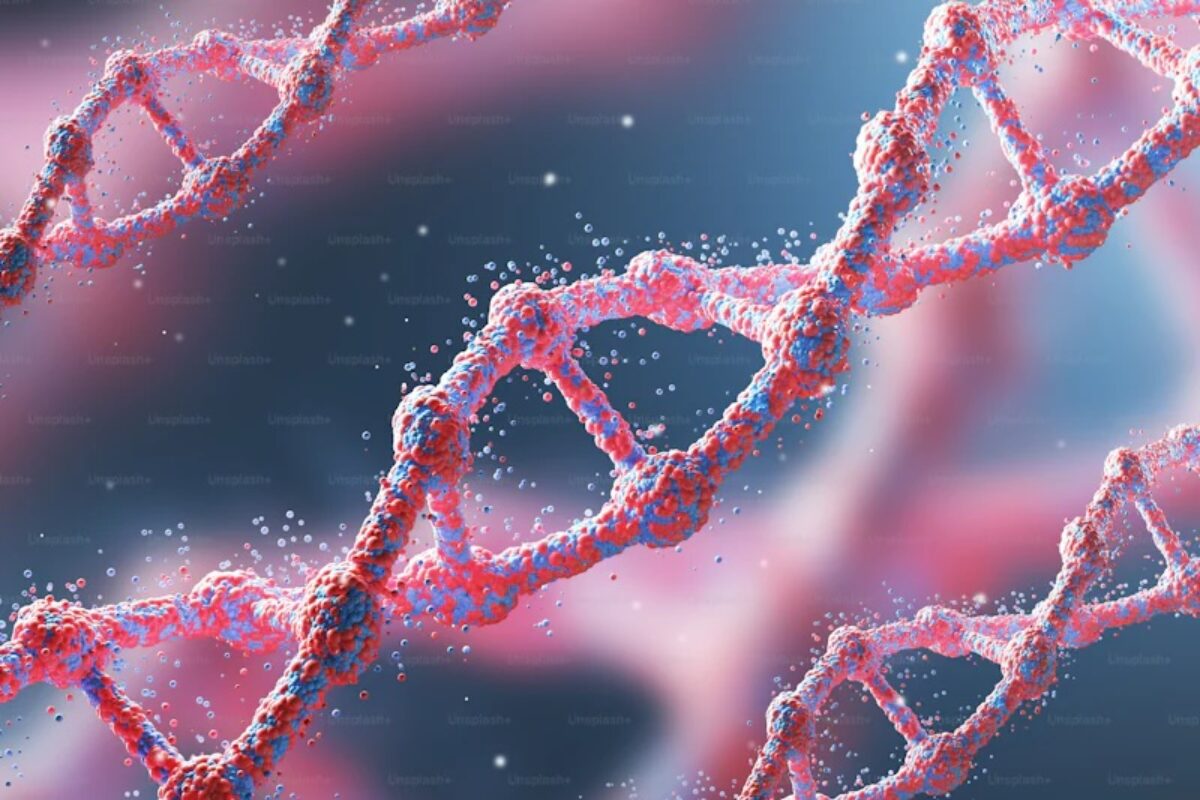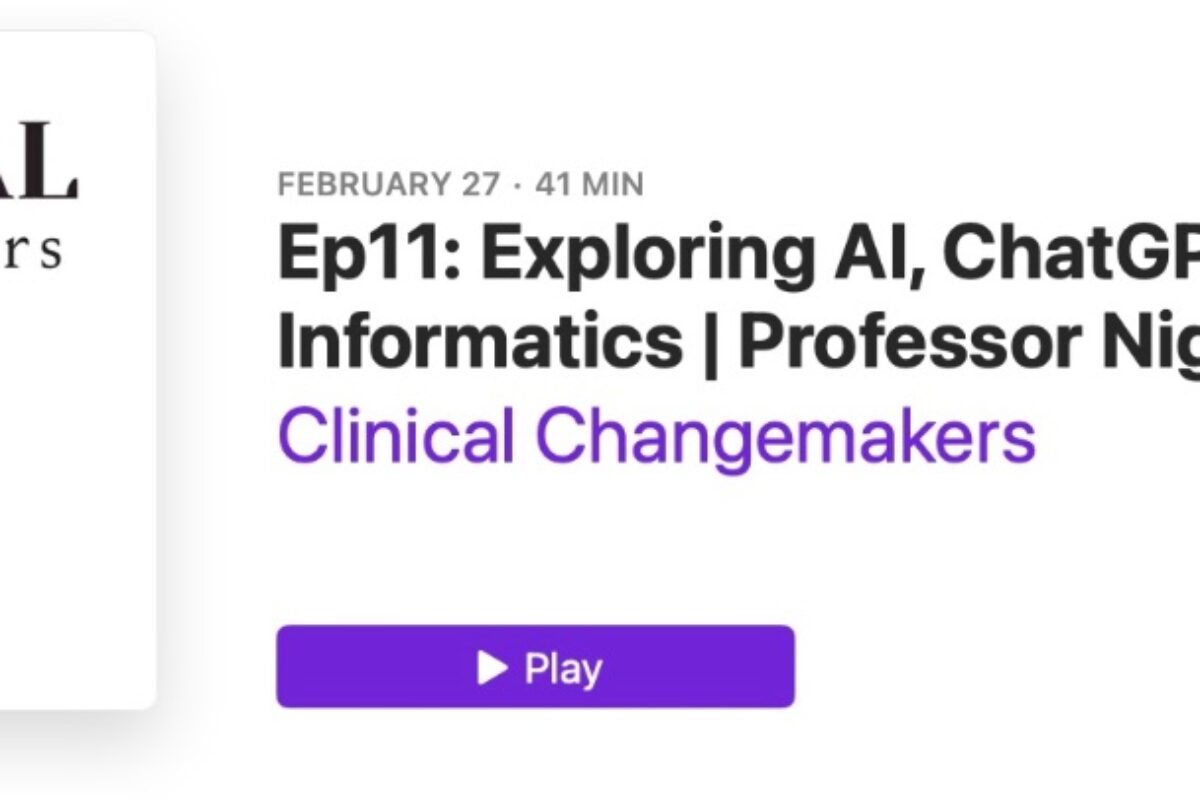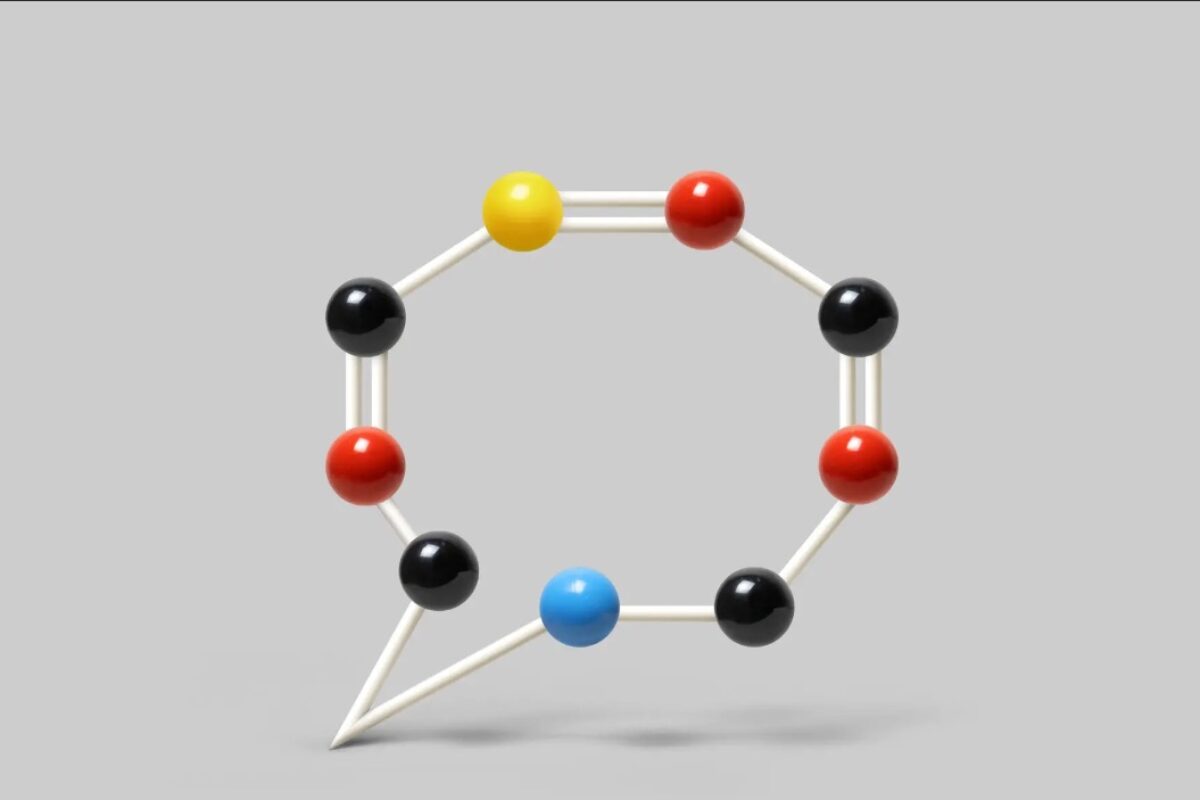The ClinGen Pharmacogenomics Working Group: Developing frameworks for evaluating pharmacogenomic gene validity and actionability
Read it here: https://www.sciencedirect.com/science/article/pii/S294977442400222X
Generating a framework for curating mechanism of disease in monogenic conditions: A consensus effort of the Gene Curation Coalition*
Read it here: https://www.gimopen.org/article/S2949-7744(24)00622-8/fulltext




